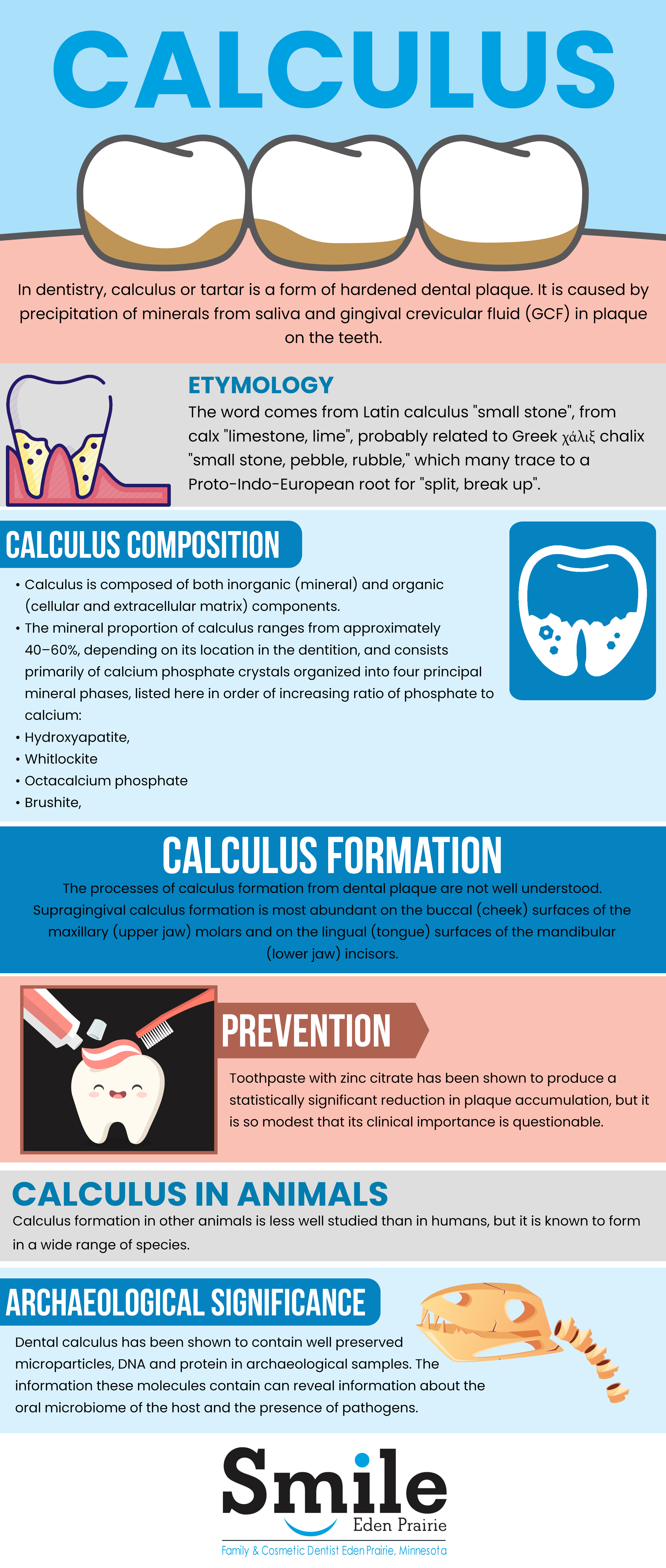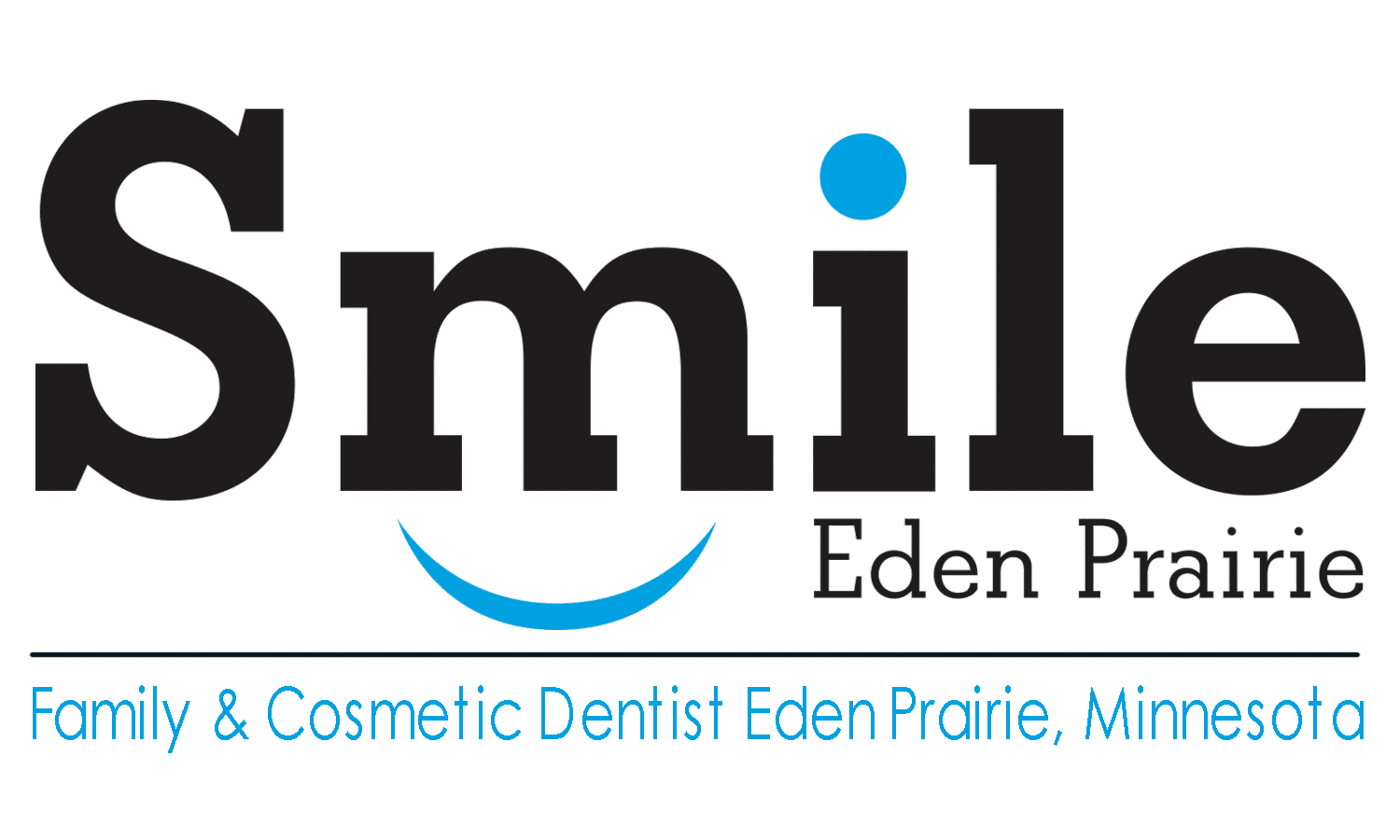General Dentistry Concepts: Calculus
Calculus or tartar on the teeth is a result of hardened dental plaque. It is caused by the accumulation of minerals from saliva and gingival crevicular fluid (GCF). This process of precipitation kills off the bacterial cells within the dental plaque, however, the process results in a rough and hardened surface which is an ideal surface for the formation of future plaque. This leads to a buildup of calculus, which compromises the gingiva or gum’s health. Calculus can form along the gumline and within the narrow sulcus that exists between the teeth and the gums.
The formation of calculus is associated with a variety of issues which include bad breath, receding gums and chronic inflammation. Brushing and flossing can remove the plaque where calculus forms, however, once it is present, calculus is too difficult to remove with a toothbrush. Calculus buildup is usually removed using ultrasonic tools or dental hand instruments like a periodontal scaler.
Calculus formation
The processes of calculus forming as a result of dental plaque is not well understood. Supragingival calculus formation is most prevalent on the cheek surfaces of the upper jaw molars and on the tongue surfaces of the lower jaw incisors. Both areas commonly have a high flow of saliva because of their proximity to the salivary glands. The formation of calculus can drastically vary among individuals. It also forms at different locations throughout the mouth. Numerous variables can influence the formation of calculus which include age, gender, ethnic background, diet, oral hygiene, bacterial plaque composition, genetics, access to dental care, physical disabilities, systemic diseases, tobacco use and drugs or medications.
Clinical Significance
The accumulation of plaque causes irritation and inflammation of the gums. This condition is referred to as gingivitis. When the gums become chronically irritated, it can result in a loss of the connective tissue fibers which attach the gums to the teeth and bone that surrounds the tooth. This condition is referred to as periodontitis. While dental plaque is not the only cause of periodontitis, it is often referred to as a primary contributor. Plaque that remains in the oral cavity for long periods of time will eventually calcify and turn into calculus. Calculus is detrimental to the health of the gums because it acts as a trap for plaque. Calculus, in addition to other factors which cause a localized build-up of plaque, is often referred to as a secondary cause of periodontitis.
When plaque is supragingival, the bacterial content contains a great proportion of aerobic bacteria and yeast, or bacteria which use and are able to survive in an environment containing oxygen. Subgingival plaque contains a higher proportion of anaerobic bacteria. Several anaerobic plaque bacteria, such as Porphyromonas gingivalis, produce antigenic proteins which trigger a strong inflammatory response in the periodontium. This impacts the specialized tissues which surround and support the teeth. The chronic inflammation of the periodontium can lead to the loss of bone and weakened gingival fibers. Gingival fibers attach the teeth to the gums. The formation of supragingival calculus is present in all humans, but to the amount of calculus present can different. Almost all individuals with periodontitis have considerable amounts of subgingival calculus deposits. Dental plaque bacteria have also been linked to cardiovascular disease and are associated with the birth of pre-term, low weight infants. However, there is not conclusive evidence that identified periodontitis as a significant risk factor for these conditions.

